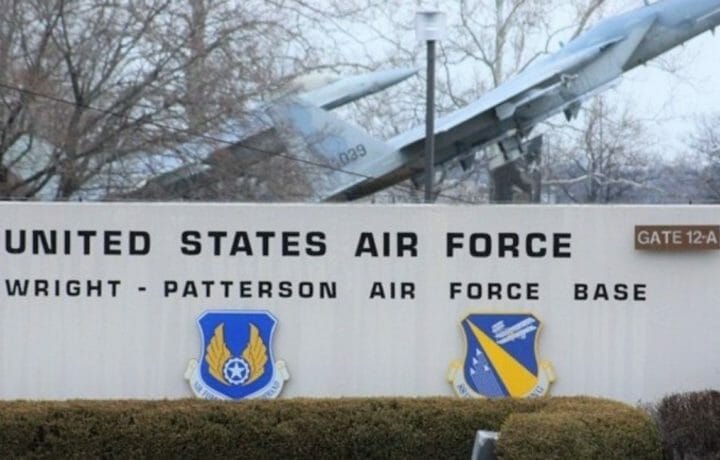On February 25, the DOJ announced that Izaak Vincent Kemp was pleading guilty to the unauthorized retention of Secret classified information. Kemp stole the documents from the Air Force Research Laboratory (AFRL) and the U.S. Air Force National Air and Space Intelligence Center (NASIC) – both located on Wright-Patterson Air Force Base in Fairborn, OH.
Kemp, a Top Secret security clearance holder, was a contractor at the AFRL from July 2016 through May 2019 and then later at the NASIC. His methods weren’t sophisticated. He admitted to law enforcement that he simply printed the documents and took them home.
U.S. Air Force Insider threat program failure
Though every Facility Security Officer (FSO) knows their insider threat program is designed to catch individuals who are mishandling classified information, the programs at AFRL and NASIC did not detect Kemp collecting his treasure trove of classified information.
Indeed, a U.S. Air Force spokesperson noted in 2019 when Kemp’s home was originally searched that “the contractor was never authorized to remove the classified documents from NASIC and would have had to make a concerted effort to bypass security checkpoints.”
And that is what he did. Sadly, it appears the periodic bag inspections at NASIC and AFRL didn’t happen often enough to dissuade Kemp.
This is not the first case of hoarding of classified materials which went undetected over a span of many years, and probably isn’t going to be the last. Two such cases which come to mind are Harold Martin and Elizabeth Shirley.
- Harold Martin was a contractor at the National Security Agency who hoarded terabytes of Top Secret and Secret data over the years.
- Elizabeth Shirley served as a reservist and contractor within various U.S. intelligence entities to include the NSA, the Department of Energy and the Navy’s Office of Naval Intelligence and built a collection of classified documents which she had hoped to parlay into a relocation package by providing the information to Russian intelligence in Mexico.
How was Kemp detected
Luck played a major role in the detection of Kemp’s collection of classified material at his home. It wasn’t the Air Force counterintelligence entities, nor was it the FBI who discovered classified information had found its way to Kemp’s Fairborn residence.
It was the Fairborn Police Department who discovered Kemp’s classified document collection.
The police came to Kemp’s residence with a search warrant in hand on May 25, 2019 to determine if Kemp had a marijuana grow operation at his home. While marijuana was found, the police also discovered the classified documents which contained approximately 2,500 pages of material. The documents were “clearly marked classified” and related to Top Secret Special Access Programs. The Fairborn police contacted the FBI and the U.S. Air Force.
FSOs may wish to be asking their own teams if and how they might have detected Kemp’s behavior? The DoJ reminds us that the “unauthorized removal or retention of classified documents is a federal crime punishable by up to five years in prison.”




